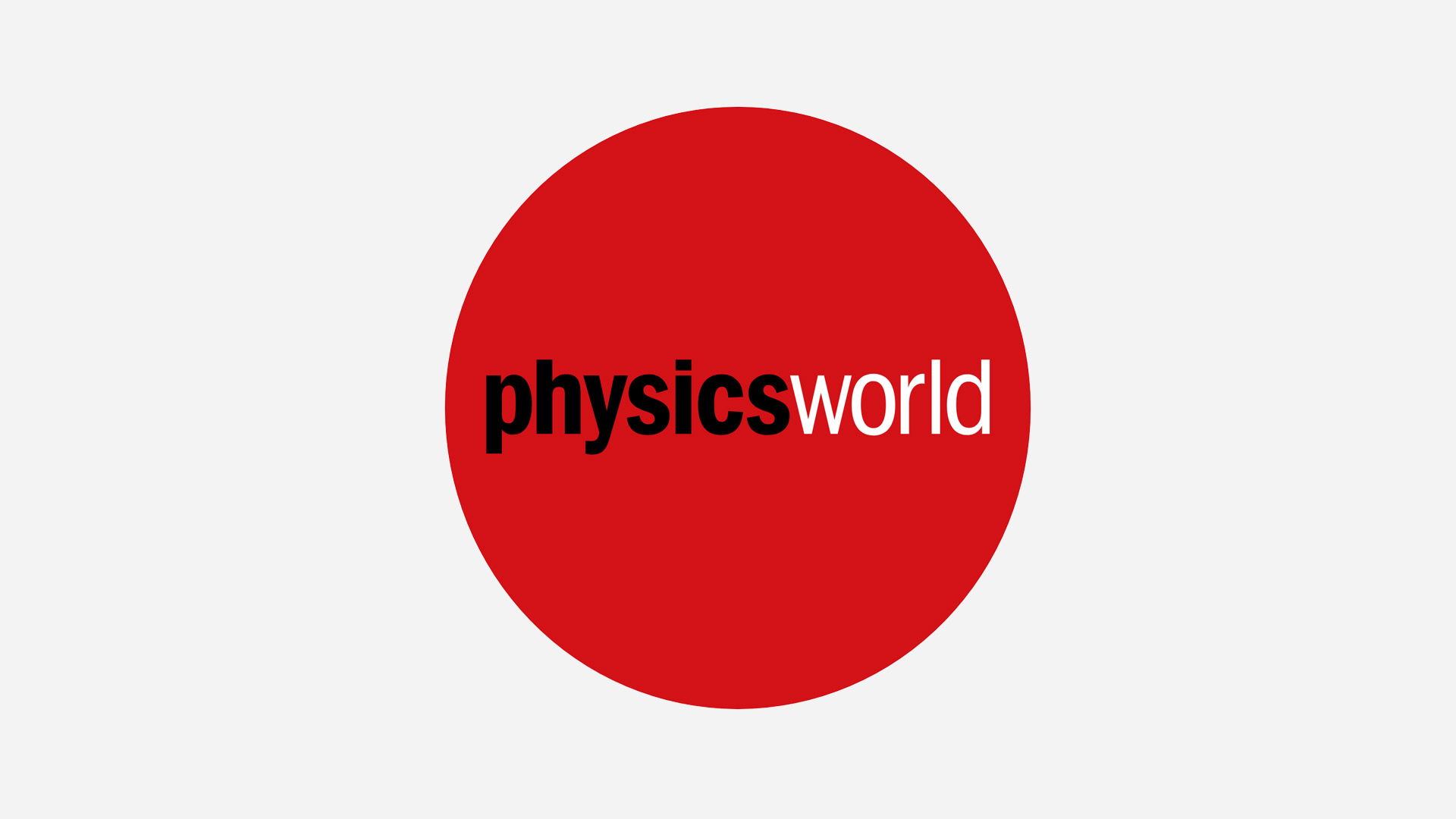Author
Array
(
[0] => linkedin
[1] => facebook
[2] => twitter
[3] => google-plus
[4] => youtube
)
Array
(
[0] => linkedin
[1] => facebook
[2] => twitter
[3] => google-plus
[4] => youtube
)
Array
(
[0] => linkedin
[1] => facebook
[2] => twitter
[3] => google-plus
[4] => youtube
)
Array
(
[0] => linkedin
[1] => facebook
[2] => twitter
[3] => google-plus
[4] => youtube
)
Array
(
[0] => linkedin
[1] => facebook
[2] => twitter
[3] => google-plus
[4] => youtube
)
No Author
Author archive

Results presented at the International Europhysics Conference on High Energy Physics in mid-July provide strong hints that the Higgs boson, one of the holy grails of particle physics, is lurking just around the corner. Over 500 physicists gathered in Tampere, Finland, armed with the latest data and hot on the trail of this elusive particle, […]

Many key advances in the biological sciences have been made possible by physics-based techniques. The future of biomedicine depends on collaboration between the two fields
 Read article: Single molecules feel the force
Read article: Single molecules feel the force
Biophysicists are now able to study a whole host of living processes with unprecedented accuracy thanks to a microscope normally associated with surface science

“The entire scope of human experience can be viewed as a collective effect resulting from elementary particles dutifully following well-understood equations.” Statements like this excite deep-seated passions and tend to bring out strongly polarized views. The Pearly Gates of Cyberspace by Margaret Wertheim is a product of this passionate debate. This debate is one I […]
 Read article: The impact of physics on biology and medicine
Read article: The impact of physics on biology and medicine
There is a long tradition of physicists and physics-based techniques making important contributions to biology and medicine. Harold Varmus argues that this tradition must go on

The meeting gave the pioneers of “econophysics”, such as Jean-Phillippe Bouchard, János Kertész, Rosario Mantegna and Eugene Stanley, an official forum to present and debate their research on some of the most fascinating dynamical systems. The search for a scientific model that can accurately predict future movements in the financial markets is the investor’s equivalent […]

Atomic interferometers use lasers to place atoms into superpositions of different quantum states. These states acquire different phases as they move in a gravitational field, and this phase difference can be measured by using other lasers to return the atoms to the initial quantum state. The longer the atoms spend in the superposition state, the […]

Currently most ultrasound devices convert an electrical signal directly into mechanical vibrations through the piezoelectric effect. But these devices only operate over a narrow frequency range and have limited output. The idea of using heat to generate sound has been around for over 80 years, but until recently the thermal conduction of porous silicon was […]

The medium is made of nanocrystals of zinc sulphide doped with samarium. Although the nanocrystals are only 3 nanometres long, they clump together into larger particles to form a powder that can be used as the storage medium. In their experiments Kurita and co-workers used a laser to measure the energy excitation spectrum of the […]

Colloidal plasmas contain three different components – electrons, ions and charged microspheres. Although these unusual plasmas can be studied in the laboratory, researchers have only been able to study two-dimensional effects because gravity can overwhelm the electrostatic interactions between the particles. These interactions are responsible for the unusual properties of colloidal plasmas. By reducing the […]
Copyright © 2025 by IOP Publishing Ltd and individual contributors


